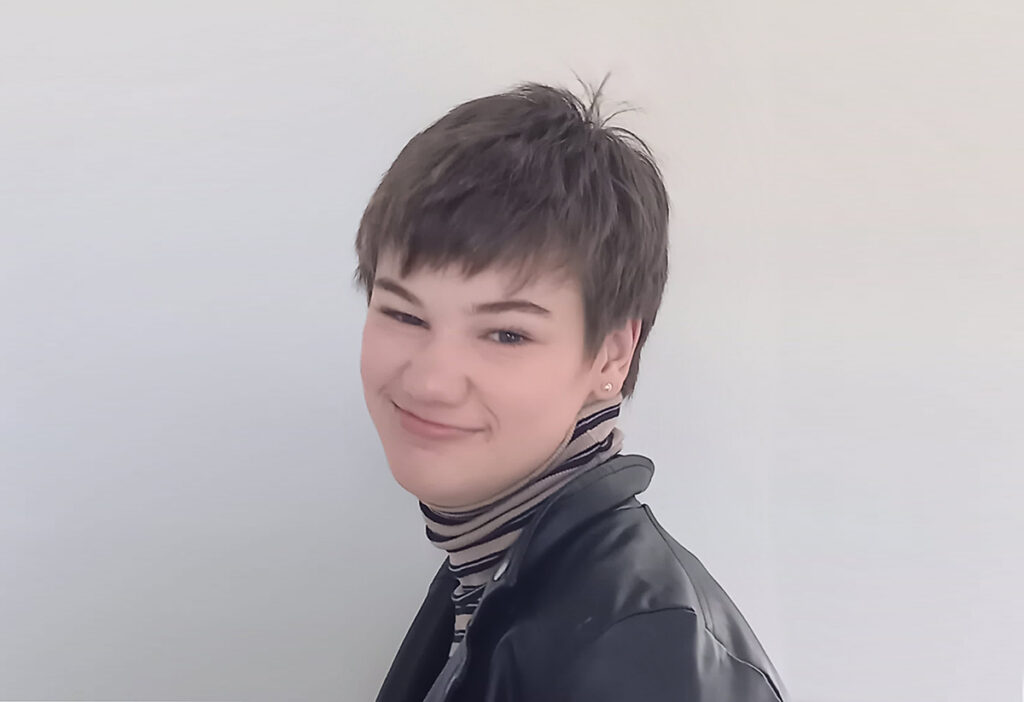Steering through a driving assessment
Now that I’m of the age to have a driving licence I’ve realised that the road to learning to drive with a disability is definitely not as straight as I’d thought.
The first step in this process was getting a licence, which I applied for at 16 but didn’t receive until I turned 17. While the wait was long and allowed me to watch my sister learning the basics of driving (and then deciding it wasn’t for her) – I remained as eager as ever. I knew I would need an adapted car but this didn’t deter me. Driving an adapted car was just as appealing as any other car to me and I assumed I would just be able to get similar adaptations to other people who have CP, though looking back on this, I pity my naivety.

The first assessment I did was virtual and was essentially one long cognitive test. I was on edge throughout the call and despite the majority of the questions involving knowing how to count to 10 and being able to identify familiar animals, I felt like at any moment I could confuse the drawing of a lion for a tiger and could kiss my hopes of driving goodbye. I passed the test and then came the next stage of the driving process – the part that scared me – the physical test.
My mother and I were called into a room with what looked like half a car facing a wall. The test started with repeating the same tests I’d done on zoom which put me at ease. Though the feeling of comfort had left when we got into the simulated car, I was taught how the pedals worked and within minutes my braking was timed every time a small light above the car flashed. Getting to under a second with my braking time had made me feel less like I was going to be told to never touch a vehicle again, but after this it was time to try a real car…
I got into a dual controlled car with a knob fitted on the wheel so I could steer. After a quick explanation of how gears worked, the instructor had me drive down a road. I was so scared of putting a foot wrong that I didn’t really take in that it was my first time driving. We went round the hospital premises and she even had me navigate a roundabout which I just about managed. After exiting the car and going back into the hospital it was time for the final verdict.
She essentially said she didn’t think my head control was good enough – this stung. I nodded along and realised that driving may not be in my future. This did, however, make me realise that you can never plan your life – especially if you’re disabled – and I realised that even if I couldn’t drive, there are still many other, more important things I can do in my life.
About Melissa Cassidy
Melissa Cassidy discusses topics surrounding disability as well as her own experiences as a teenager with cerebral palsy. She has also published a children’s book called ‘Doodle The Poodle’s Big Day Out’ (published by Alder Books).
Visit her blog at: buttonsandramps.wordpress.com
Twitter: @ramps_and Instagram: @buttonsandramps



